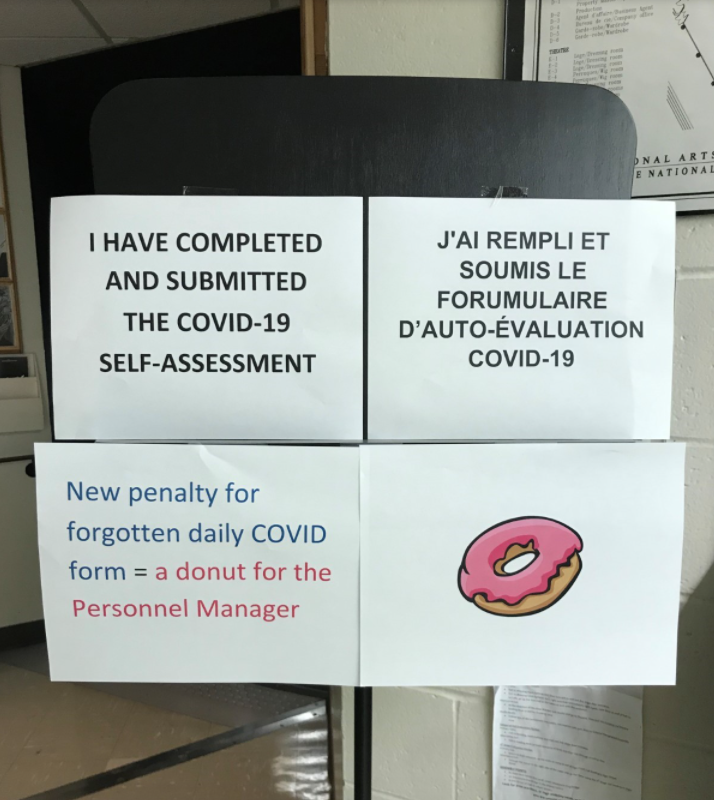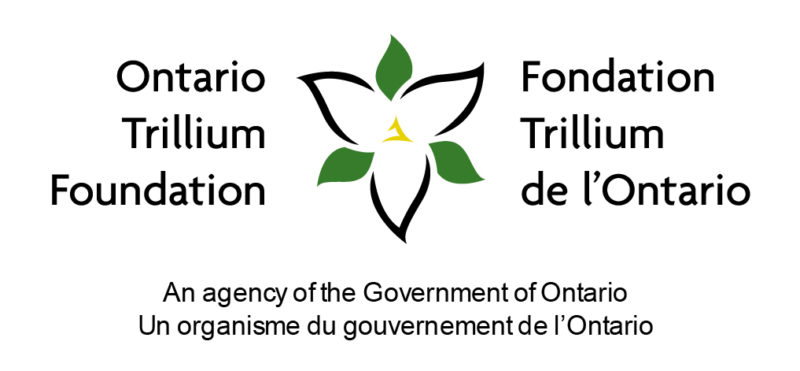On Wednesday, October 13, 2021, Orchestras Canada hosted a webinar titled ArtsBoost: Top Trends in Digital Marketing & Fundraising. Presented by Tim Dolan, Principal Consultant & Trainer at Kickframe, the sessions focused on the most important digital trends that are impacting marketing and fundraising today. Moreover, it covered a broad range of topics including trends in social media, digital advertising, email communication, digital content, performance measurement, and others, as well as trends that have emerged or have been accelerated due to COVID-19.
View the recording in English or in French
ArtsBoost is a platform dedicated to modern skills development for the arts, by The Arts Firm. This session is part of the ArtsBoost Digital Marketing & Fundraising for the Performing Arts course, with lead partner Orchestras Canada and project partners CAPACOA, PACT, AOC, and CDA. We acknowledge the generous support of the Canada Council for the Arts Digital Strategy Fund.



